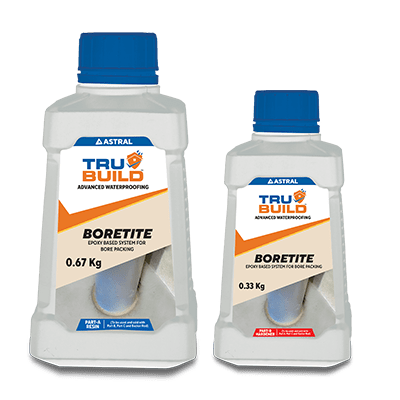Waterproofing Solutions for Small Bathrooms
Oct 15, 2025
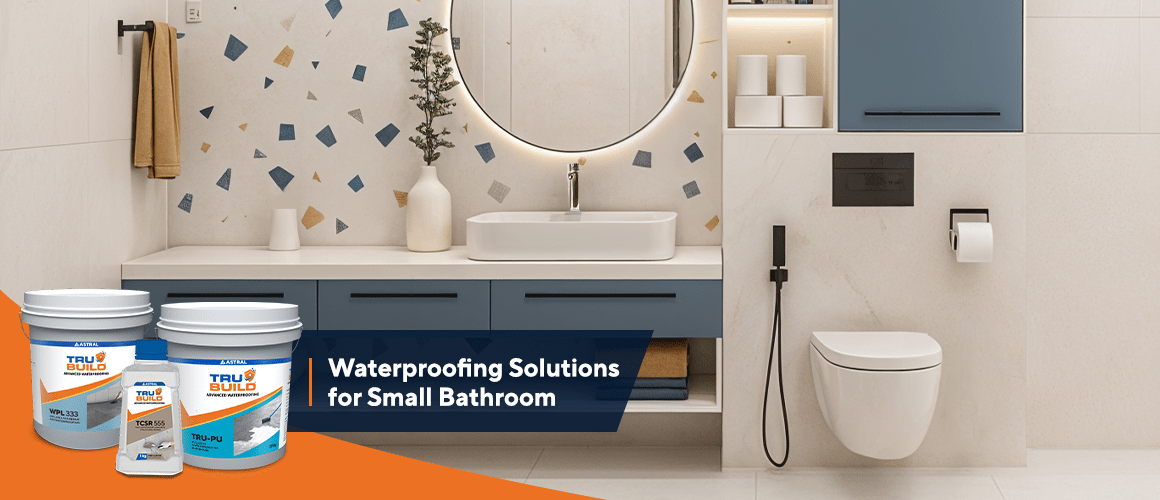
Small bathrooms can often be a challenge when it comes to keeping them damage-free. In a limited space, even a small leak can quickly cause problems like peeling paint, damp patches, or mould. Many homeowners notice these issues but are unsure about how to fix them. The right waterproofing solutions can make a difference in preventing leaks. It helps to properly protect the bathroom walls and floors. The professional may decide what’s best, but knowing what waterproofing solutions are your options can help you to choose better.
Let us understand why waterproofing for toilet and bathroom spaces is essential. We will also explore the most effective options available today.
Why Waterproofing is Important for Small Bathrooms?
In bathrooms, every inch of space is exposed to moisture daily and water tends to seep through tile joints, cracks and cement gaps. This can further lead to damp walls and ceilings over time. It is common in many homes where bathrooms may share walls with bedrooms or kitchens. Waterproofing for toilet areas and bathroom floors helps to effectively reduce these risks.
Without proper waterproofing, the moisture in the bathroom can lead to many issues:
- Growth of black mould or mildew
- Weakening of tiles and grout
- Foul odours caused by dampness
- Water stains and peeling paint on walls and ceilings
Good waterproofing solutions are not only made to protect your bathroom but they also reduce maintenance costs in the long run. It keeps interiors safe and creates a healthier environment.
Top Waterproofing Solutions for Small Bathrooms
Small bathrooms need products that are easy to apply and long-lasting. Here are a few reliable waterproofing solutions that are preferred by professionals:
Waterproofing Membranes
Waterproofing membranes form a seamless protective layer. This is the barrier that stops water from leaking through the surface. They can be liquid-based or sheet-based.
- Liquid membranes are applied using tools like a brush or roller. It helps to form a flexible coating once it is dry.
- Sheet membranes come in pre-cut rolls. They are placed under tiles for added protection.
Membranes are suitable for both floors and walls, which makes them one of the most versatile waterproofing solutions for small bathrooms.
Cementitious Coatings
Cementitious coatings are widely used because of their strength and easy application. These are powder-based products that mix with water to create a slurry that seals concrete surfaces.
- They are ideal for bathroom floors, walls and corners.
- They can be applied directly over concrete and tiled surfaces.
- Once dry, they create a seamless, hard coat that prevents water seepage effectively.
Our Astral Trubuild Aqualock is a smart choice for waterproofing bathrooms because it offers lasting protection for concrete and masonry surfaces. It is a flexible cement-based coating that creates a strong barrier against water seepage. Being non-toxic and free from harmful chemicals, it is also safe for use indoors. Trubuild Aqualock keeps bathroom walls and floors dry and durable for years.
Waterproof Paints and Sealants
For small bathrooms, waterproof paints and sealants are effective for areas where a full membrane is not required.
- Waterproof paints provide a moisture-resistant finish on walls and ceilings.
- Sealants fill cracks, joints and edges around plumbing fixtures such as washbasins and toilets.
You can choose our Astral Trubuild Sealmaster Flexi. It is a single-component joint sealant made with MS-Polymer technology. After application, it reacts with moisture in the air to create a strong, long-lasting and flexible seal.
Overall, paints and sealants, help strengthen the waterproofing layer. They offer quick and affordable protection against water-related damages for compact bathrooms.
How to Waterproof Your Bathroom?
Applying waterproofing for toilet and bathroom areas can be done in a few structured steps.
Step 1: Clean the bathroom surface to remove dust, oils, and loose materials. Any existing cracks must be sealed before applying waterproofing products.
Step 2: Use a primer compatible with the waterproofing material. It helps the coating adhere better to the surface for stronger protection.
Step 3: Spread the selected waterproofing solution uniformly across floors and lower wall sections. For liquid coatings, use a brush or roller for an even finish.
Step 4: Apply sealant or additional coating at junctions, corners and pipe openings. These are high-risk areas prone to leakage.
Step 5: Let the coating set as per the manufacturer’s recommended time. After the surface is completely dry, tiles can be laid over it.
Effective bathroom waterproofing can make daily cleaning easier and protect your walls and flooring from long-term damage. Whether you choose membranes, coatings or paints, choosing quality waterproofing solutions helps maintain hygiene and comfort in small spaces.
Choose quality waterproofing solutions like that of Astral Trubuild to ensure long-lasting protection for your bathroom walls and floor and prevent costly repairs.
FAQ
How long does bathroom waterproofing last?
With proper application and maintenance, bathroom waterproofing can last 7 to 10 yearsbut remember that it will also depend on product type and usage conditions.
Can I apply waterproofing over old tiles?
Yes. Some liquid membranes and coatings are designed for use over existing tiles after surface cleaning. Make sure to check the compatibility of the product before application.
Do small bathrooms need full-floor waterproofing?
Yes. Even in small bathrooms, full-floor waterproofing is recommended since water can spread easily through corners and tile joints, leading to hidden seepage issues.


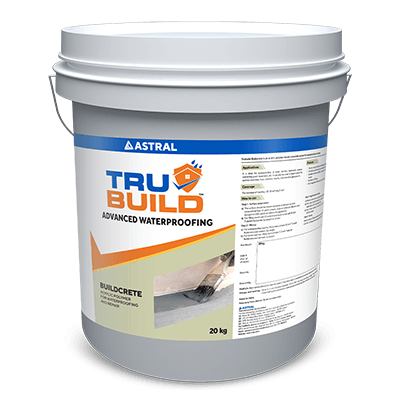
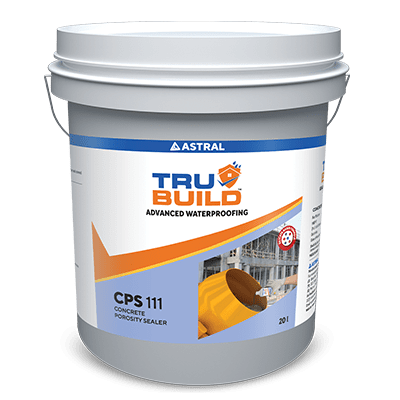
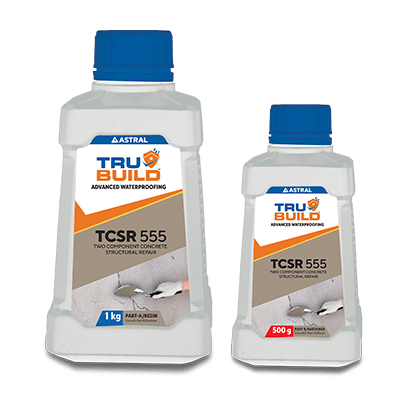
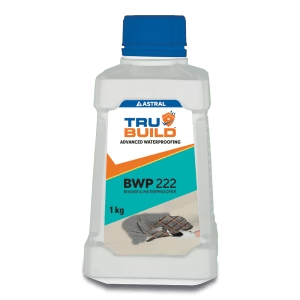
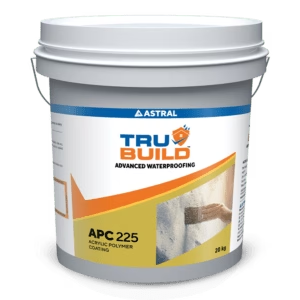
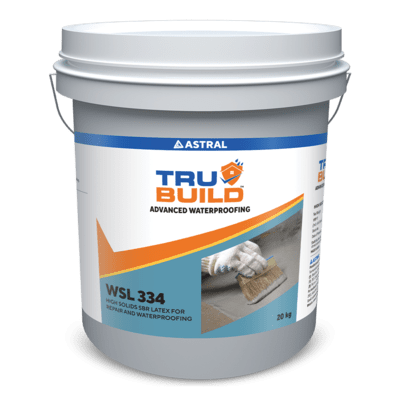
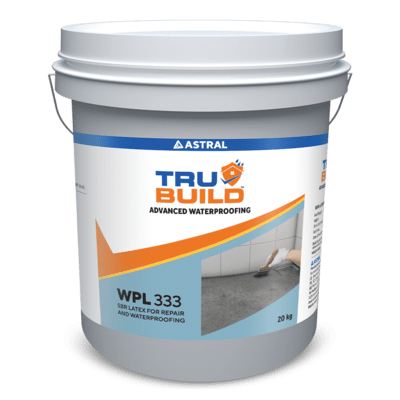
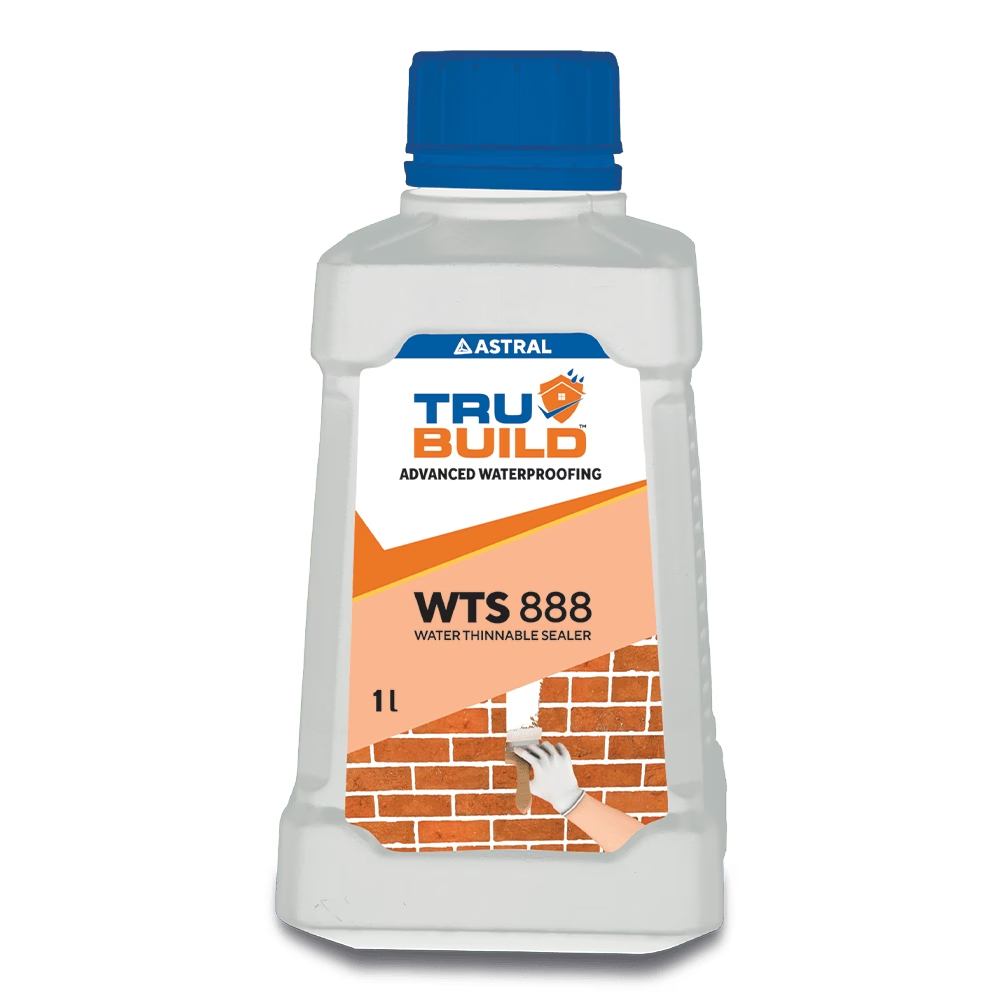
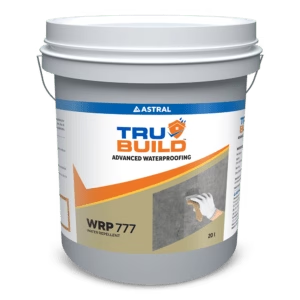
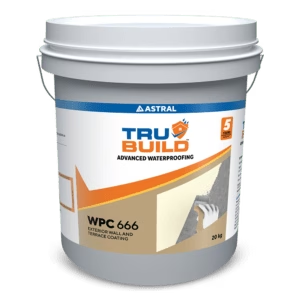
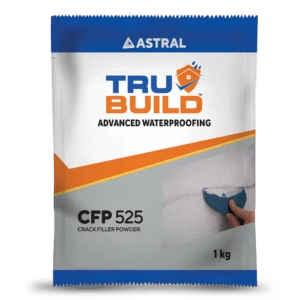
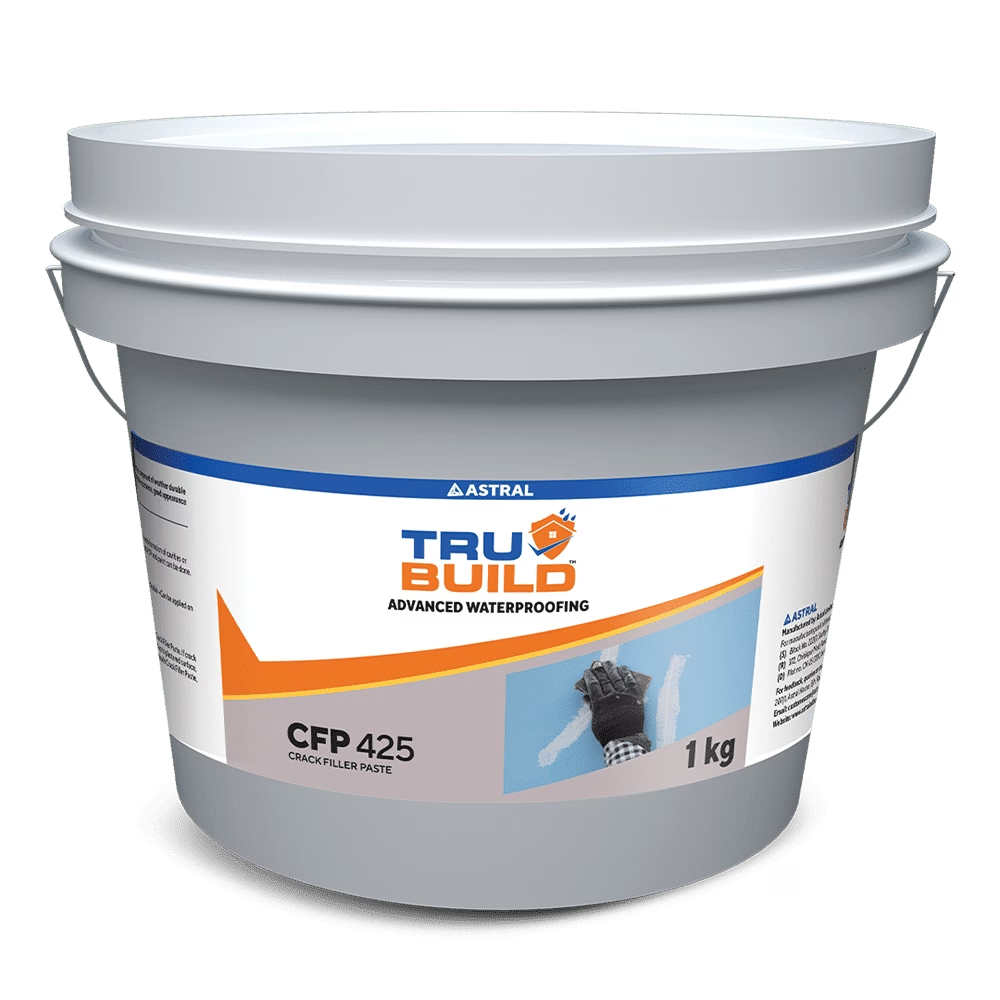
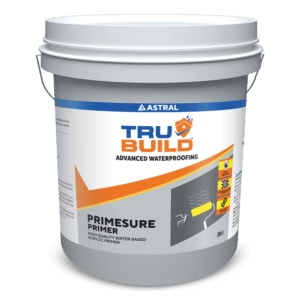
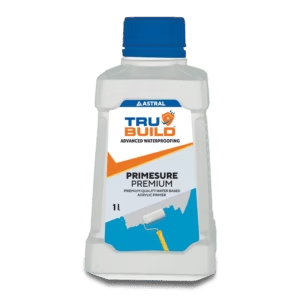
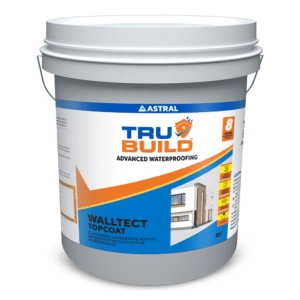
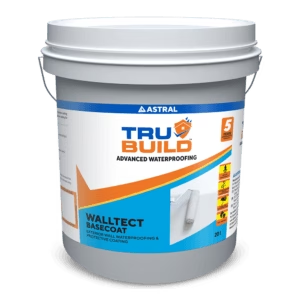
 Professional Sealants
Professional Sealants 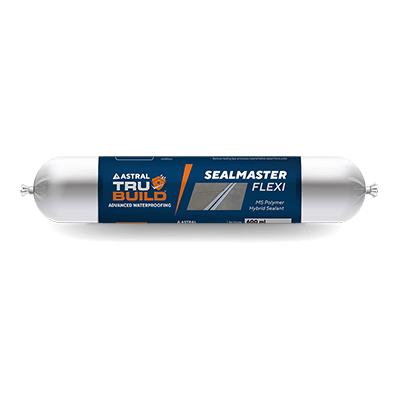
 Roof Waterproofing
Roof Waterproofing 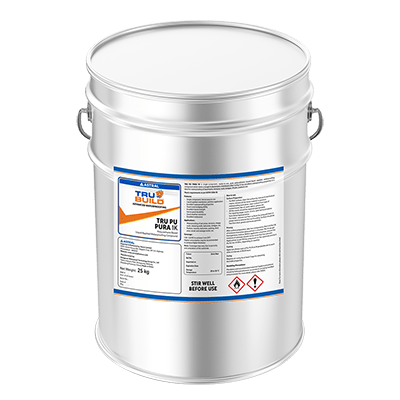
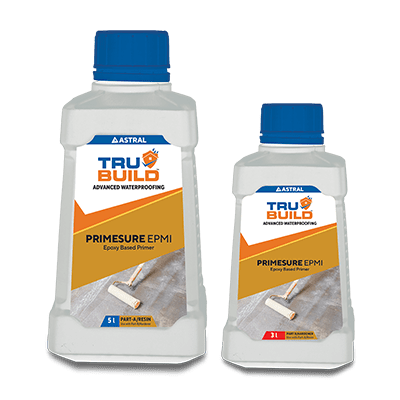
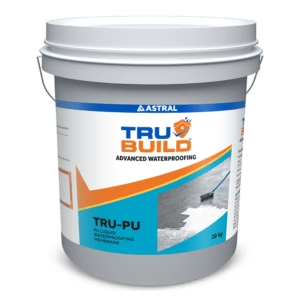


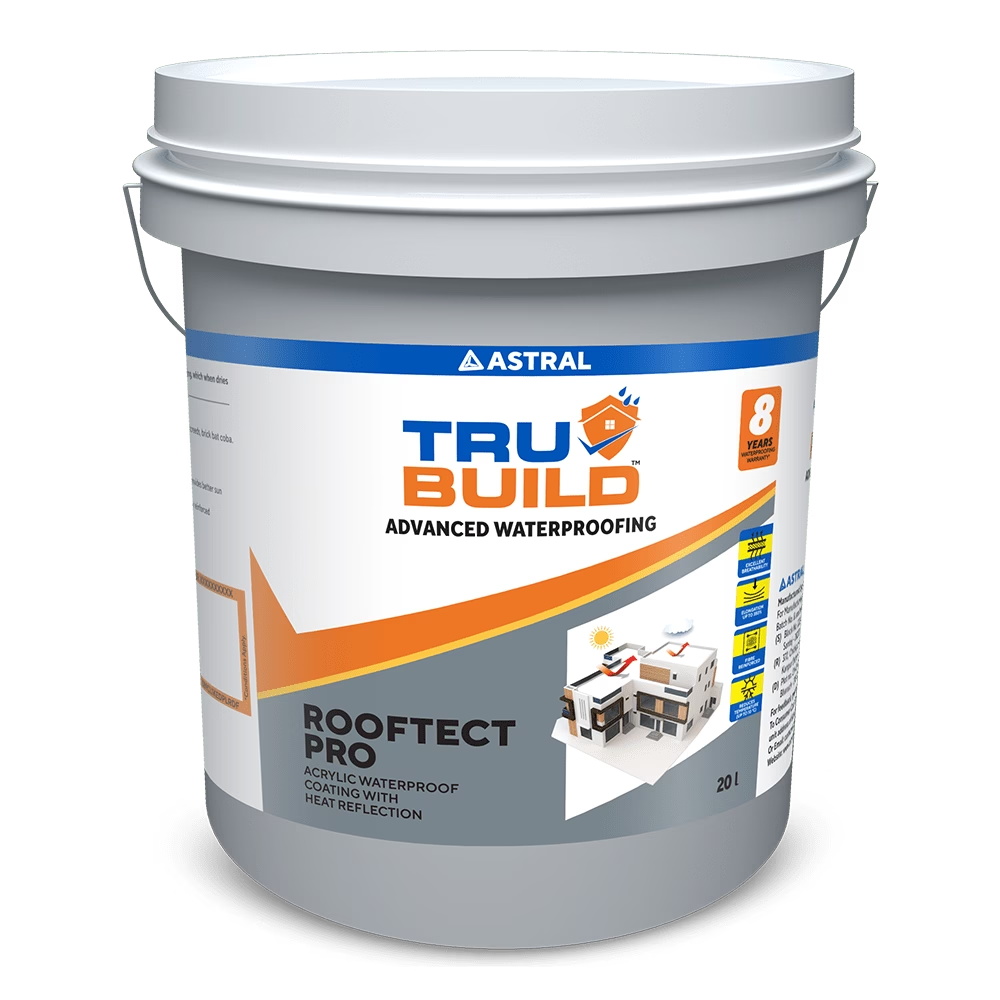
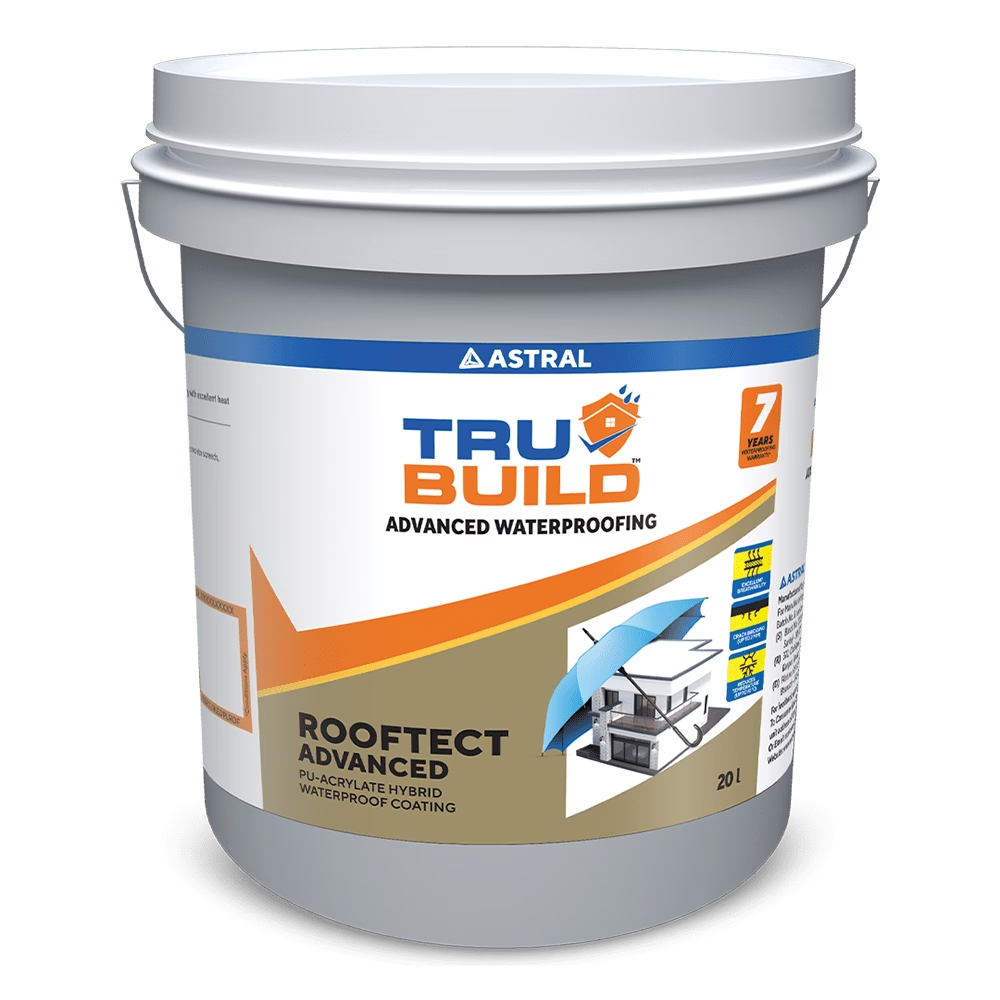
 Substructure Waterproofing
Substructure Waterproofing  Tiling and Grouting
Tiling and Grouting 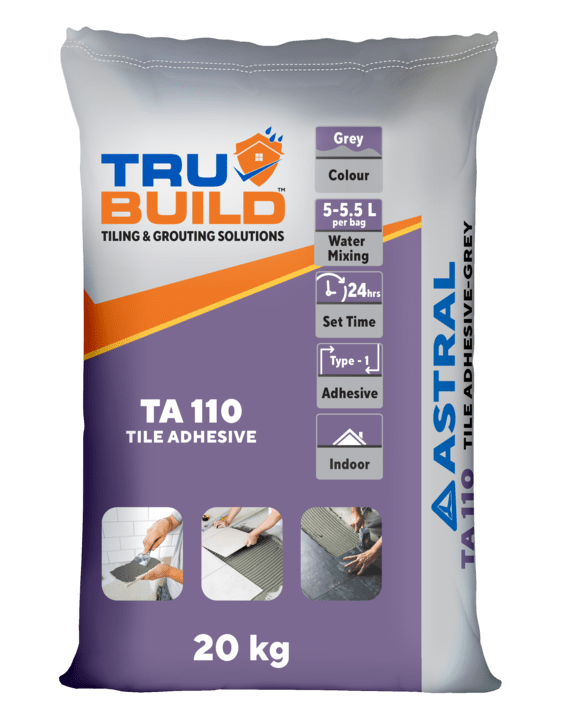
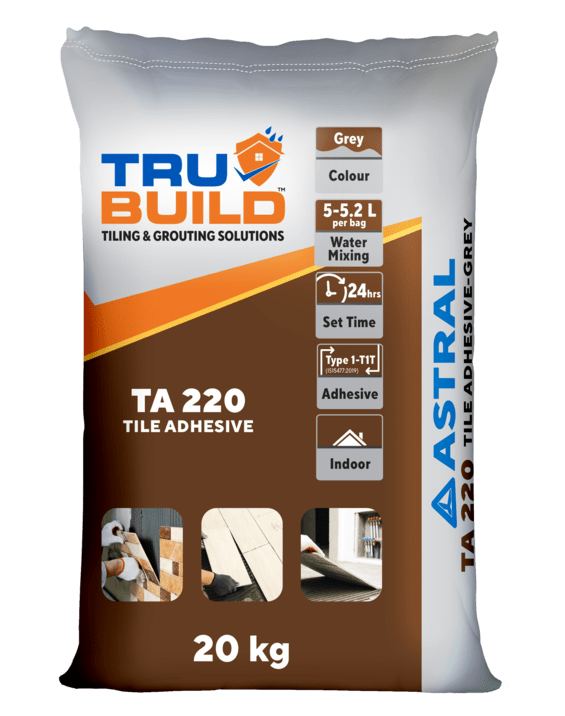
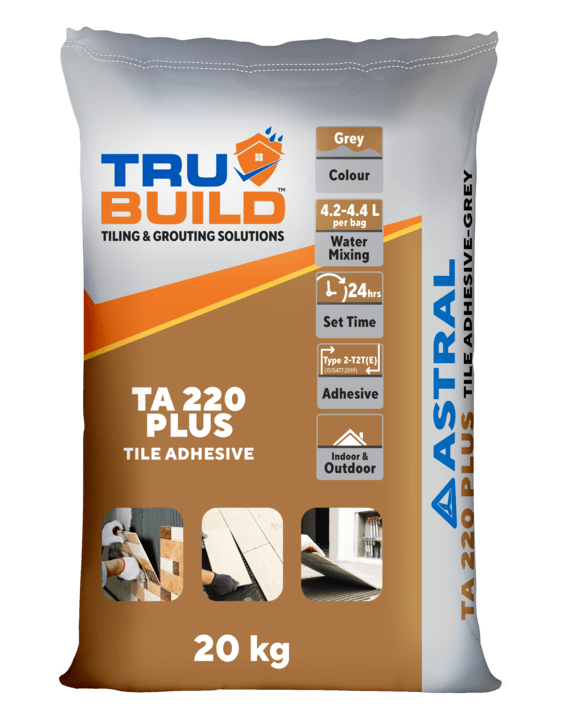
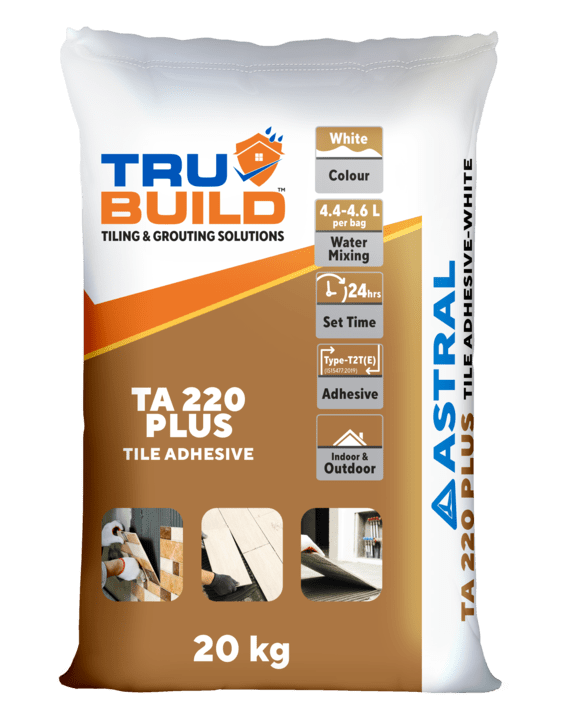
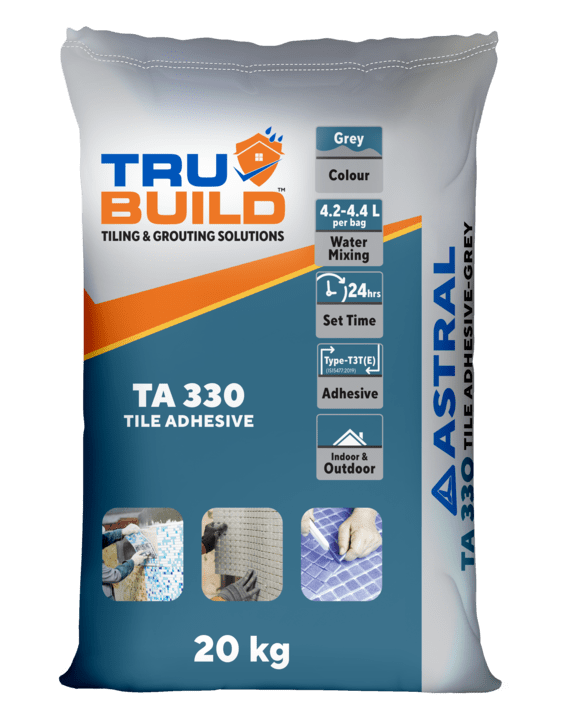
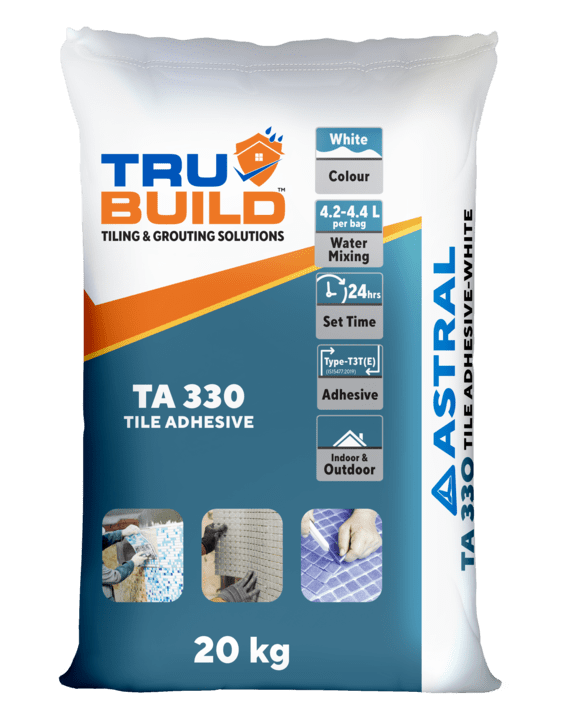
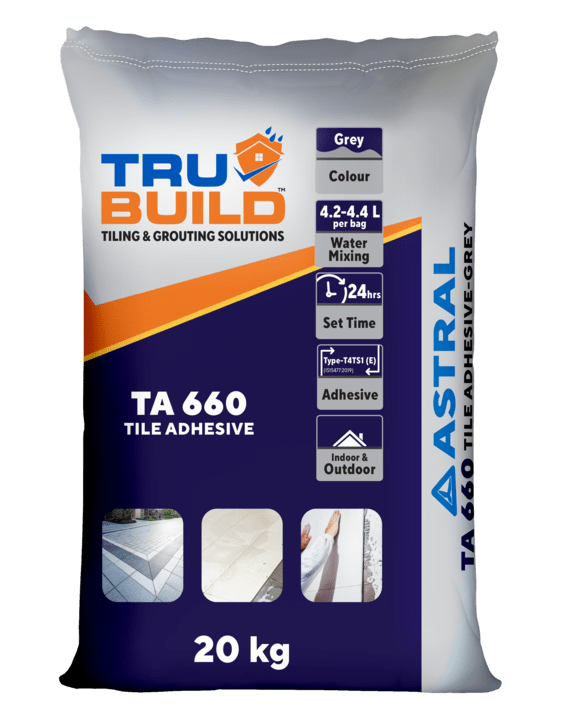
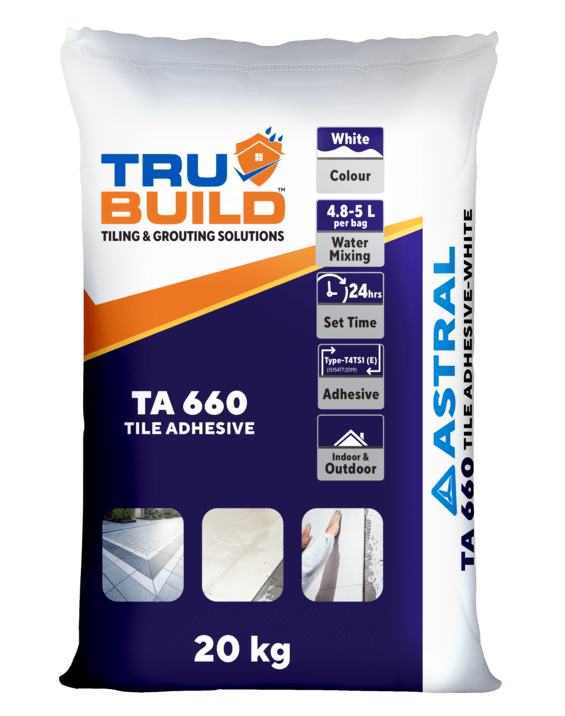
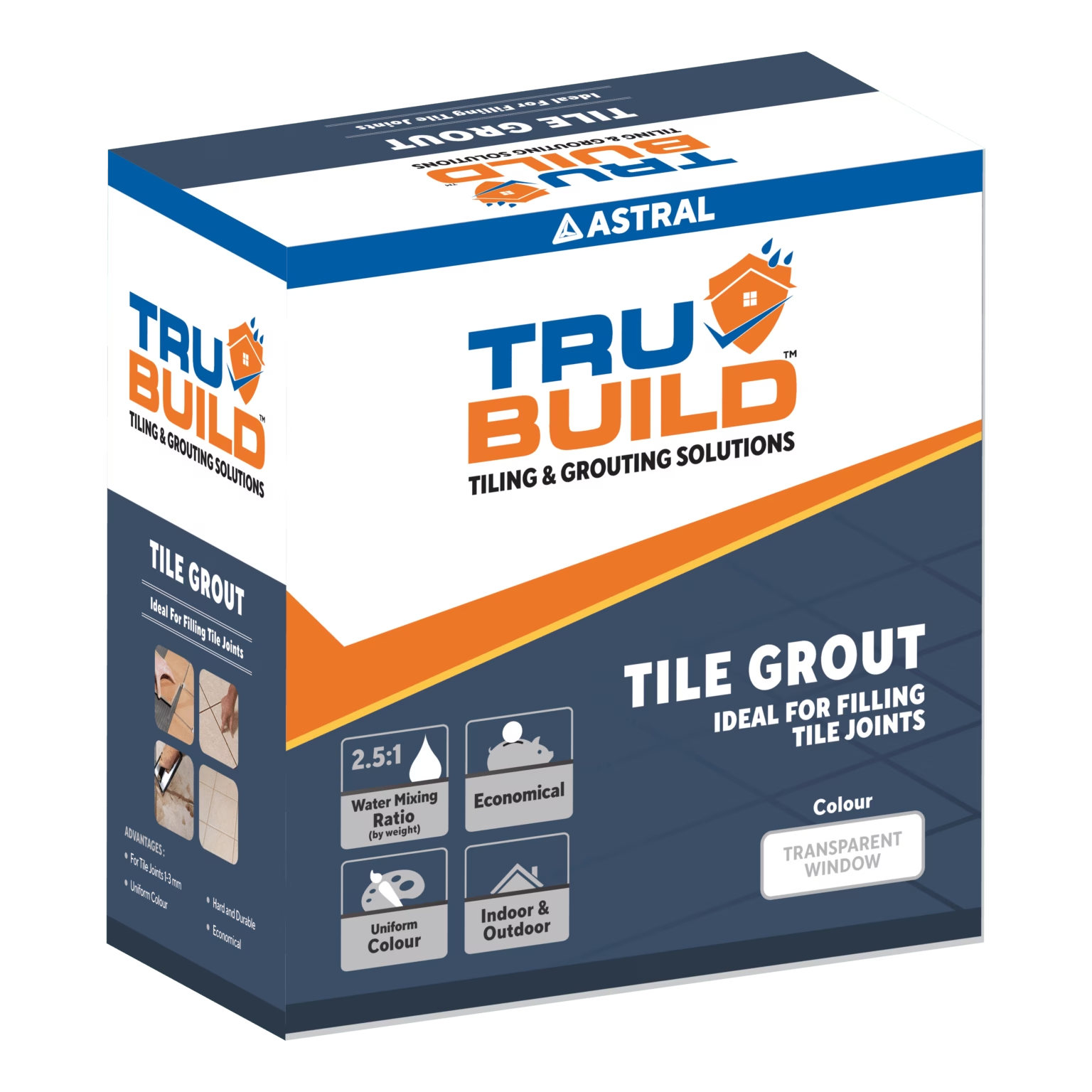
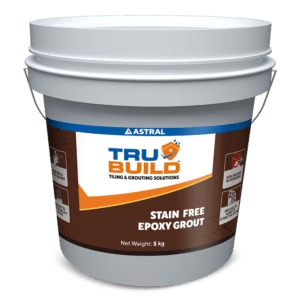
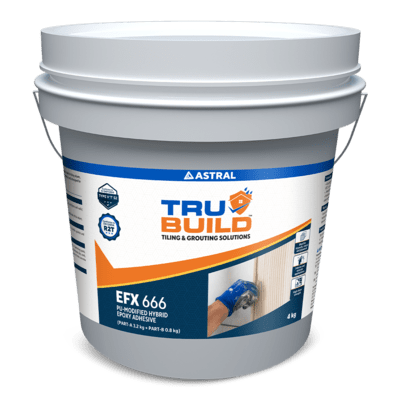
 Water Tanks and Other Areas
Water Tanks and Other Areas 